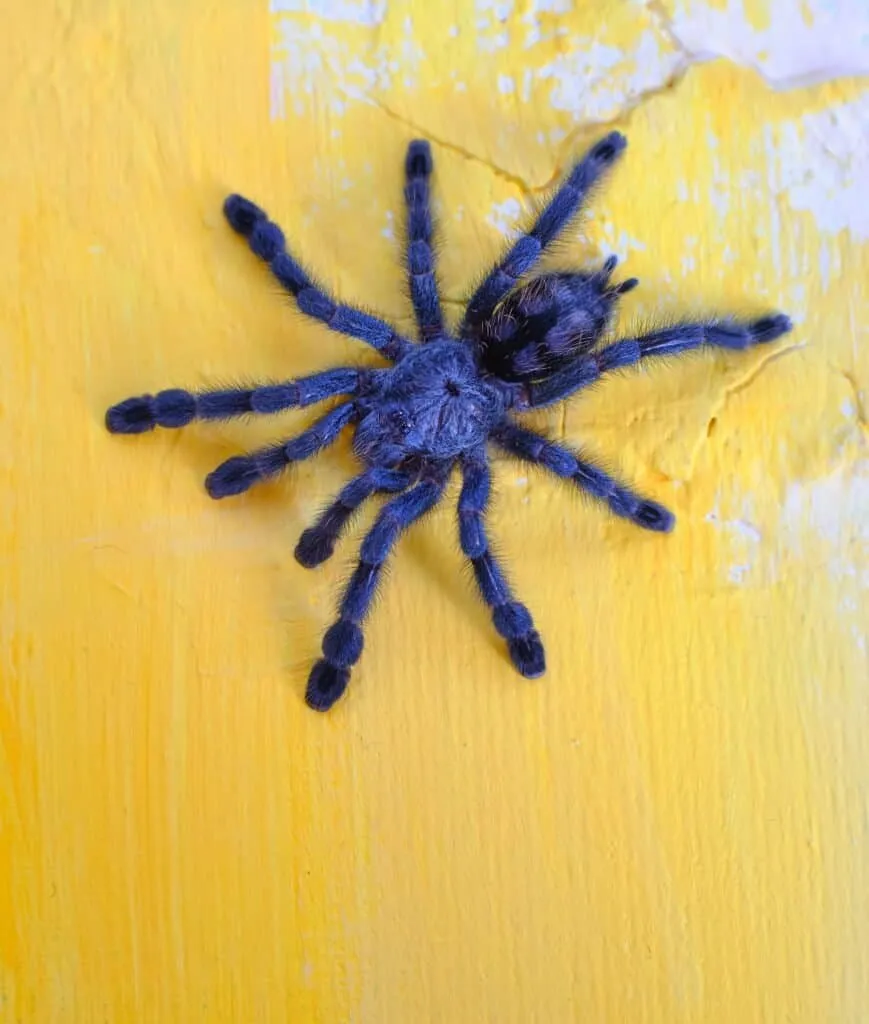The Cobalt Blue Tarantula, a striking and captivating arachnid, has become a favorite among tarantula enthusiasts. Its vibrant blue coloration, coupled with its relatively docile nature, makes it a rewarding pet for experienced keepers. However, like any exotic pet, the Cobalt Blue Tarantula requires specific care to thrive. This guide will provide you with the top 5 essential care tips to ensure your Cobalt Blue Tarantula lives a long and healthy life. These tips cover everything from habitat setup to handling, equipping you with the knowledge to properly care for these mesmerizing creatures.
Habitat Setup Essentials
Creating the right habitat is the foundation of your Cobalt Blue Tarantula’s well-being. This involves providing a secure, comfortable, and stimulating environment that mimics its natural habitat as closely as possible. A well-designed enclosure not only ensures the tarantula’s physical health but also contributes to its overall psychological well-being, reducing stress and promoting natural behaviors. The following elements are essential to achieve this.
Enclosure Size
Choosing the right enclosure size is crucial. A juvenile Cobalt Blue Tarantula can thrive in a smaller enclosure, but as it grows, it will need more space. A good rule of thumb is to provide an enclosure that is at least three times the tarantula’s leg span in width. For adult Cobalt Blue Tarantulas, a 10-gallon terrarium or a similar-sized enclosure is generally sufficient. The enclosure should be escape-proof, with a secure lid to prevent the tarantula from escaping. Consider the adult size of the Cobalt Blue Tarantula when selecting the enclosure, ensuring ample space for it to move around and burrow if it chooses.
Substrate Selection
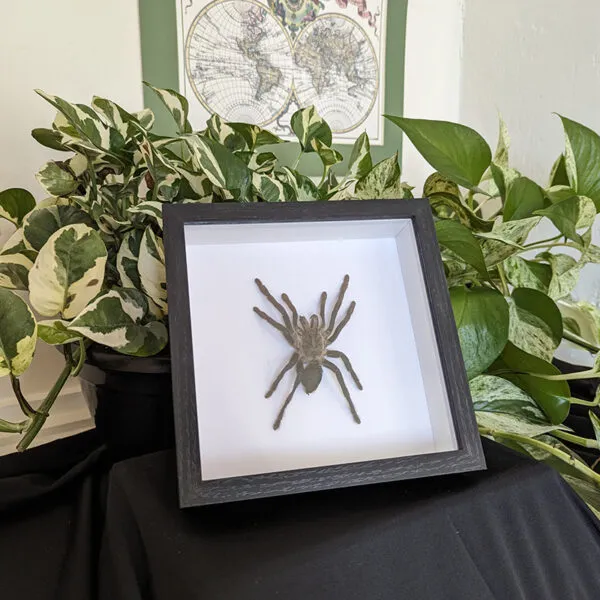
The substrate serves as the floor of the enclosure and provides a comfortable environment for your tarantula. It should also help to retain moisture, which is essential for the tarantula’s health. A good substrate for Cobalt Blue Tarantulas is a mixture of coconut fiber, peat moss, and a small amount of vermiculite. This combination provides excellent moisture retention, allows for burrowing, and is relatively easy to clean. Avoid substrates like sand or gravel, as they can be difficult for the tarantula to burrow in and may pose a risk of injury if ingested. The substrate should be deep enough to allow the tarantula to burrow, typically around 4-6 inches.
Temperature and Humidity
Cobalt Blue Tarantulas thrive in a warm and humid environment. The ideal temperature range is between 75-85°F (24-29°C). You can use a heat mat placed on the side of the enclosure to maintain this temperature. However, avoid placing the heat mat directly under the enclosure, as this can cause the substrate to dry out too quickly. Humidity levels should be maintained between 70-80%. You can achieve this by misting the enclosure with water every few days and ensuring the substrate remains slightly moist. Use a hygrometer to monitor the humidity levels regularly. Proper temperature and humidity are crucial for molting and overall health.
Feeding Your Cobalt Blue Tarantula
Feeding your Cobalt Blue Tarantula is a straightforward process, but it’s essential to get it right to ensure your tarantula receives the necessary nutrients. The frequency and type of food will depend on the tarantula’s age and size. Overfeeding can lead to health problems, while underfeeding can stunt growth. A balanced diet is crucial for a healthy and thriving tarantula.
Prey Selection
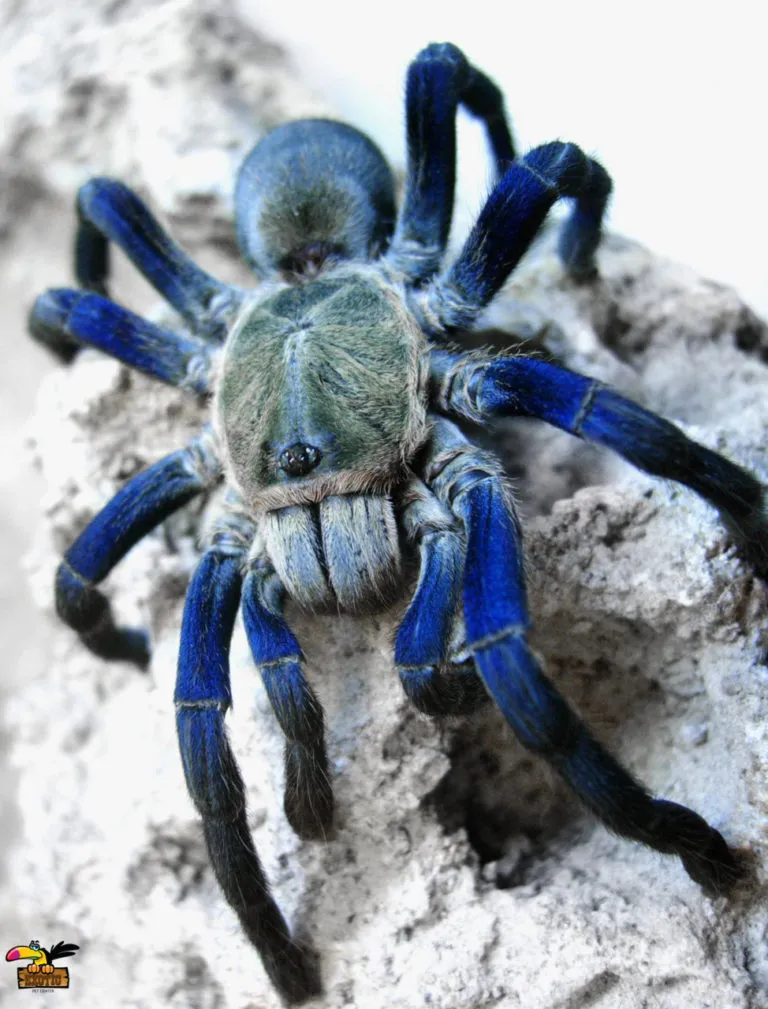
The primary food source for Cobalt Blue Tarantulas should be live insects. Crickets, dubia roaches, and mealworms are excellent choices. Ensure the insects are gut-loaded with nutritious food before feeding them to your tarantula. This means feeding the insects a healthy diet of vegetables and fruits for at least 24 hours before offering them to your pet. This will provide your tarantula with a more nutritious meal. Avoid feeding wild-caught insects, as they may carry parasites or pesticides. The size of the prey should be appropriate for the size of your tarantula – typically, the prey should be no larger than the tarantula’s body.
Feeding Frequency
Feeding frequency depends on the tarantula’s age and growth rate. Spiderlings and juveniles should be fed 2-3 times a week. Adult Cobalt Blue Tarantulas can be fed once a week or every other week. Observe your tarantula’s behavior. If it is consistently refusing food, it may be about to molt. Remove any uneaten prey within 24 hours to prevent stress and potential harm to the tarantula. Always provide a fresh water source, even if you mist the enclosure, as they need hydration.
Watering and Hydration
Providing a constant water source is crucial for your Cobalt Blue Tarantula’s hydration. This can be achieved by providing a shallow water dish or a water-filled bottle cap. Ensure the water dish is shallow enough to prevent the tarantula from drowning. Change the water regularly to keep it clean and prevent the growth of bacteria. In addition to a water dish, misting the enclosure with water every few days helps maintain the humidity levels and provides an additional source of hydration. Monitor the tarantula’s behavior and adjust the watering schedule as needed.
Handling and Safety Precautions
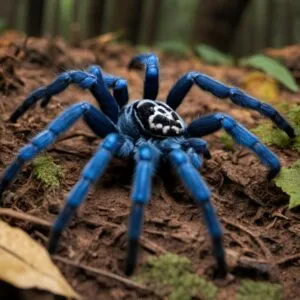
Handling Cobalt Blue Tarantulas should be approached with caution and respect. While they are generally docile, they can still bite if they feel threatened. Handling should be kept to a minimum to avoid stressing the tarantula. If you need to handle your tarantula, it is vital to understand their behavior and how to handle them safely.
Understanding Defensive Behavior
Cobalt Blue Tarantulas, like all tarantulas, have defensive behaviors they will exhibit if they feel threatened. These include raising their front legs, flicking hairs (urticating hairs), and, as a last resort, biting. Understanding these behaviors can help you avoid stressful situations and prevent potential injuries. Observe your tarantula’s body language. If it appears agitated or defensive, it’s best to leave it alone. Never handle a tarantula if you are unsure of its mood or behavior.
Avoiding Bites and Irritation
If you must handle your tarantula, do so with extreme care. Avoid sudden movements and handle it close to the ground in case it falls. Wash your hands thoroughly before and after handling your tarantula to remove any substances that might be harmful to it. Be aware of their urticating hairs, which can cause skin irritation if they come into contact with your skin or eyes. If you are bitten, seek medical attention if symptoms are severe. Prevention is key, so always handle your tarantula gently and respect its space.
Regular Enclosure Maintenance
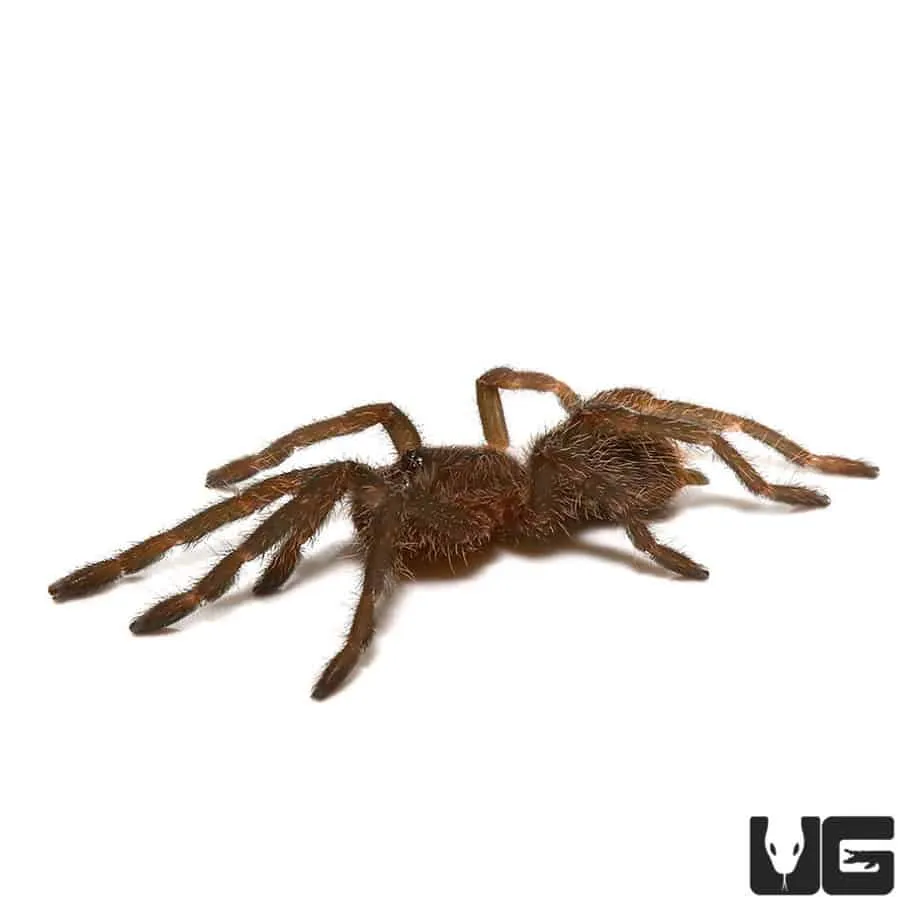
Maintaining a clean and well-maintained enclosure is essential for your Cobalt Blue Tarantula’s health and happiness. This involves regular cleaning, substrate replacement, and general upkeep. A clean environment prevents the buildup of harmful bacteria and ensures the tarantula’s well-being. Regular maintenance is crucial for the overall health and longevity of your pet.
Cleaning and Waste Removal
Spot clean the enclosure regularly. Remove any uneaten prey, molted skins, and fecal matter as soon as you see them. This helps to maintain a clean environment and prevents the growth of mold or bacteria. You can use a small pair of tongs or a scoop to remove waste. A full enclosure cleaning should be performed every few months, depending on the size of the enclosure and the amount of waste produced. During a full cleaning, remove the tarantula (carefully!), replace the substrate, and thoroughly clean the enclosure with a mild, pet-safe disinfectant.
Substrate Replacement
The frequency of substrate replacement depends on the type of substrate and the amount of waste produced. However, it’s generally recommended to replace the substrate every 6-12 months. When replacing the substrate, carefully remove the tarantula to a temporary holding enclosure. Dispose of the old substrate and thoroughly clean the enclosure before adding fresh substrate. This process ensures a clean and healthy environment, minimizing the risk of disease and promoting the tarantula’s overall health.
Caring for a Cobalt Blue Tarantula can be a rewarding experience. By following these top 5 care tips, you can ensure your tarantula lives a long, healthy, and fulfilling life. Remember to always prioritize the tarantula’s well-being by providing a suitable habitat, proper nutrition, and safe handling practices. Enjoy the captivating beauty of these amazing creatures!
